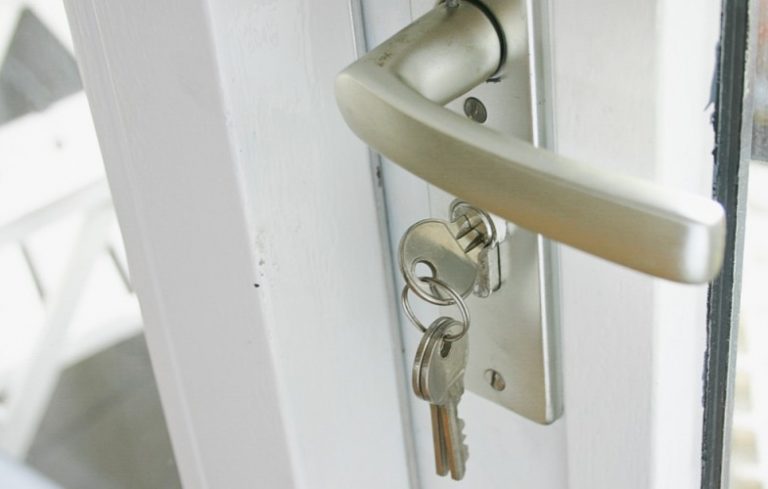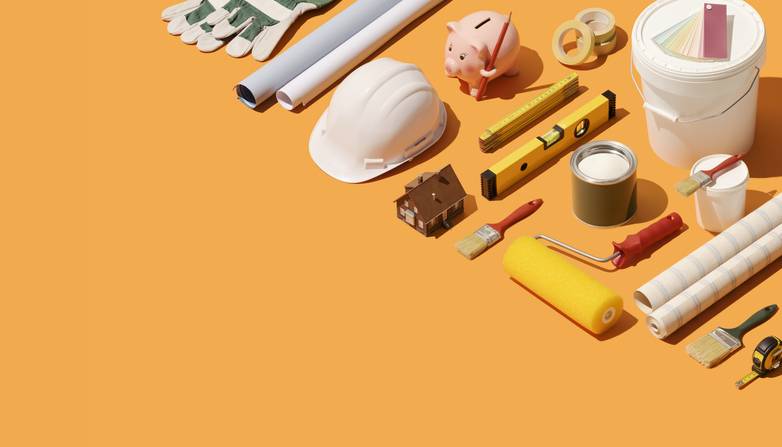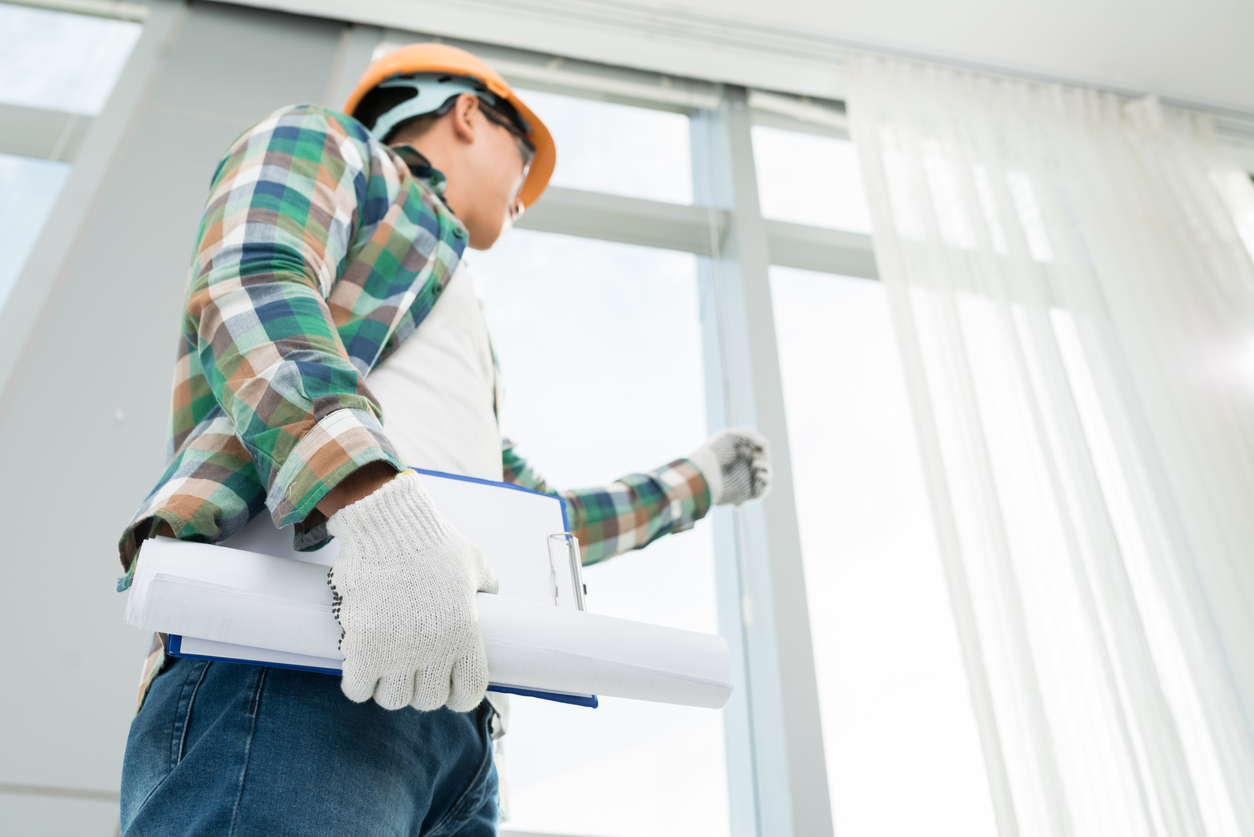Are you thinking about turning your home into an investment property? It can be a smart move if you want steady and consistent rental income. It can also be a good idea if you are moving, but unlikely to get a reasonable deal on selling your house. This situation might be the case if the local housing market is lackluster or poor, or you bought at a market peak. Converting your home into a rental might also make sense if you are moving for work or school, but plan to move back to the community.
Before you convert your trusty home into an investment property, here are seven things you need to be aware of.
Make Sure You’ll Make a Reasonable Profit
While investment properties may be a good arrangement, they only make financial sense if you are going to make a reasonable profit every month. Your first order of business should be figuring out the financial picture of renting versus owning.
Draw up a profit/loss sheet with the assumption your home becomes a rental. Find out average rental prices in your neighborhood. Can you still cover the mortgage payments, taxes, maintenance and other fees from a reasonable monthly rental price?
Check to Make Sure You Can Get a Second Mortgage
If you plan to buy a home to live in, it’s wise to check with the bank to make sure you qualify for a second mortgage. Some banks stipulate that you must remain in the home where you have a mortgage for at least two or more years.
Others may have an issue with a mortgage-holder of theirs obtaining a second mortgage, whether it’s with their institution or not. You need to make sure there are no issues that would stop you from obtaining a mortgage in another location.
See If You Need Permits and Specific Zoning
Depending on the regulations and rules in your locale, you may need a permit to rent your house. Your property may also need to have specific zoning for commercial or rental purposes. States and municipalities vary tremendously on whether they allow rentals and what they allow if so.
Check this early in the process of conversion. You don’t want the heartache of putting a lot of work into a rental property, only to find out you need a permit or your neighborhood isn’t zoned for it.
Change Your Insurance to a Landlord’s Policy
You will have to change your current insurance policy from a homeowner’s to a landlord’s policy. If you move your possessions out of the rental, be aware they’ll no longer be covered. Plus, you will need a policy that covers possible liability from tenants possibly injuring themselves on your property, as well as any damage from tenants.
Make Plans for Property Maintenance
Be sure to plan to maintain your property. Remember, if you’re a landlord, you’ll need to take care of general landscaping duties such as raking leaves and cutting grass, as well as snow and ice removal if you live in a colder climate.
If you plan on living nearby, you may be doing this yourself. If not, think about hiring a property manager. No matter who is doing maintenance, be sure you have adequate equipment for your area. If you live in a northern area, large snowy areas can easily be managed with a compact wheel loader. If you live in a southern locale, consider a riding mower that easily manage the ever-growing lawn. Factor these costs into how much you’re going to list the property for.
Update Your Property for Renters
Once you try to attract renters, your house will need to appeal to them. The appearance of your house might be fine with you. But if it’s slightly old and shabby, it may not appeal to renters, especially if there are newer and upgraded properties in the same neighborhood. You’ll need new paint both inside and outside and a high level of cleanliness, at a minimum.
Go to open houses for rentals in your neighborhood before you move. Look at the rentals with an eye to competing with them for tenants. If their kitchens have granite countertops and all the latest appliances, you will either have to upgrade or get ready to give your tenants a bit of a break on the rental to attract them.
Develop a Lease
It’s always good to have a lease contract for your tenants. That way, they know what they are getting and what you don’t allow. If you are paying for garbage pickup and utilities, for example, spell that out. If you don’t want subleases, pets or more than one roommate, spell that out too. Leases help avoid landlord-tenant disputes by making rights and responsibilities transparent to both parties.
It’s prudent to make leases for one year. That way, if the rental market is going up, you will be able to raise the rent. Some landlords, though, will give tenants a discount on the rent if they sign a multi-year lease. Multi-year leases provide you with tenant stability.
Converting your home into an investment property can be a good idea economically for many reasons. Be sure to follow these seven steps.




